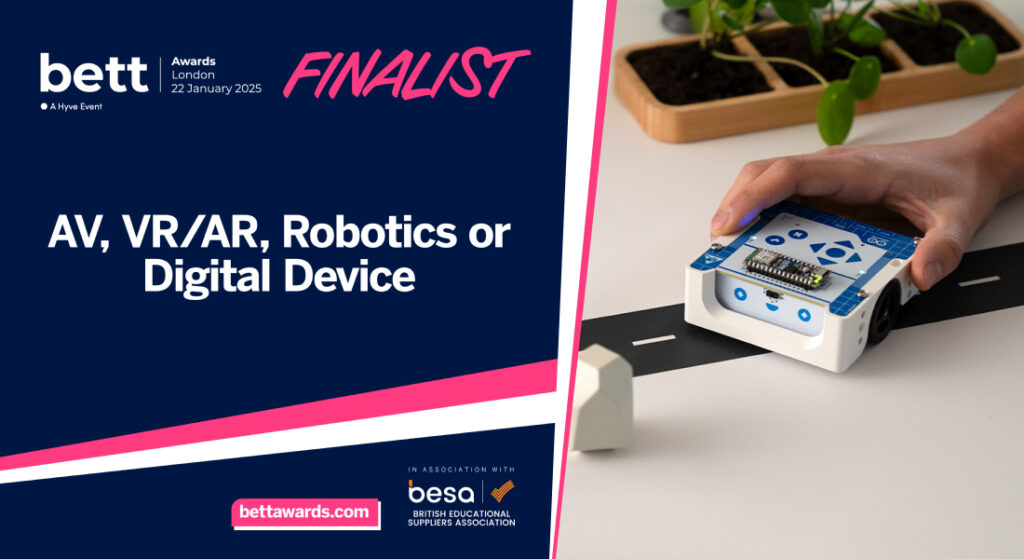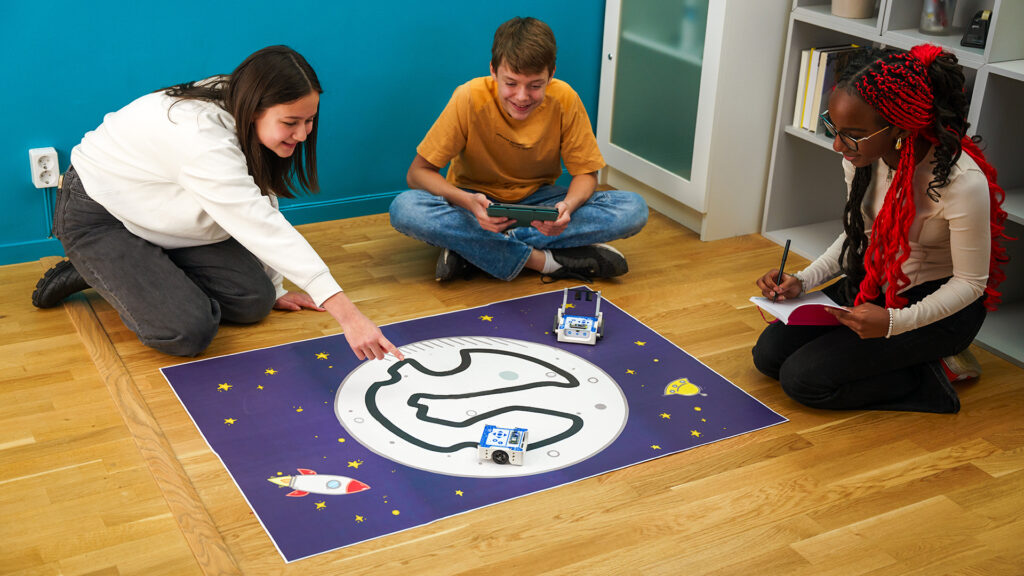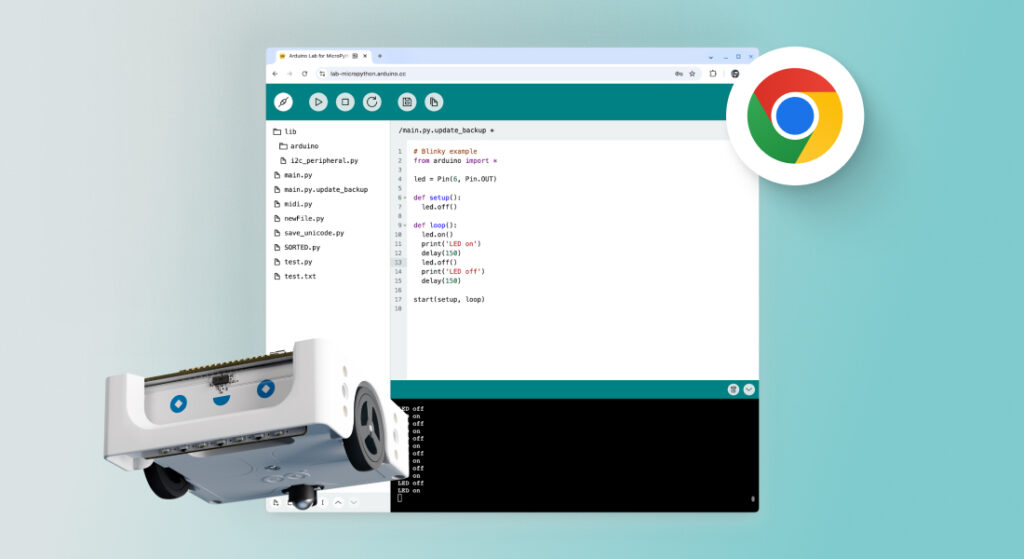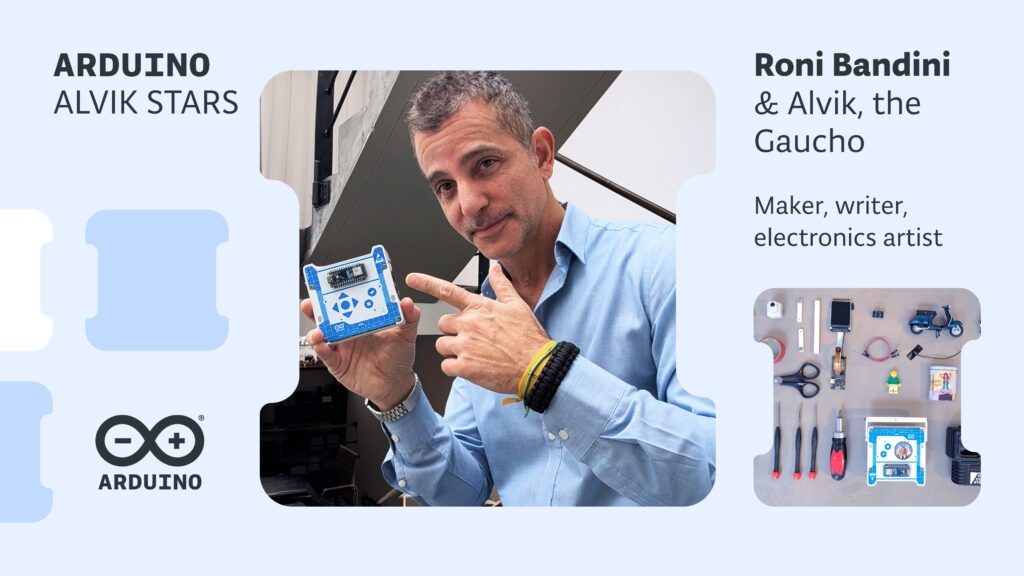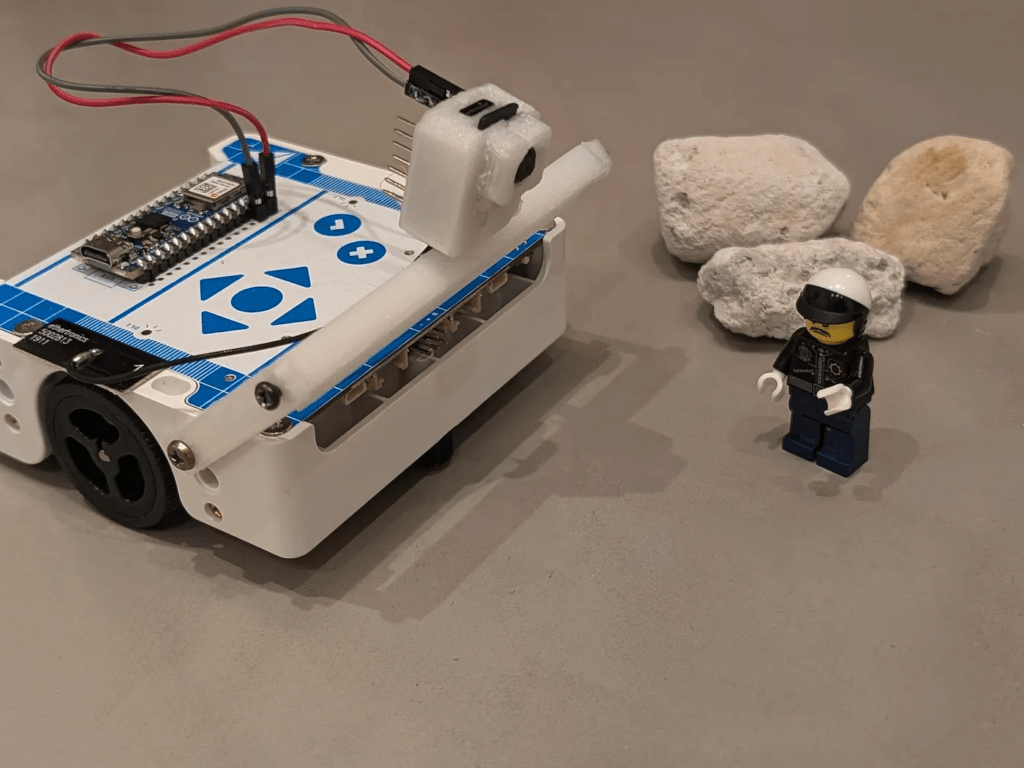Easy and fun block-based coding with the Alvik robot is here, now Chromebook compatible!
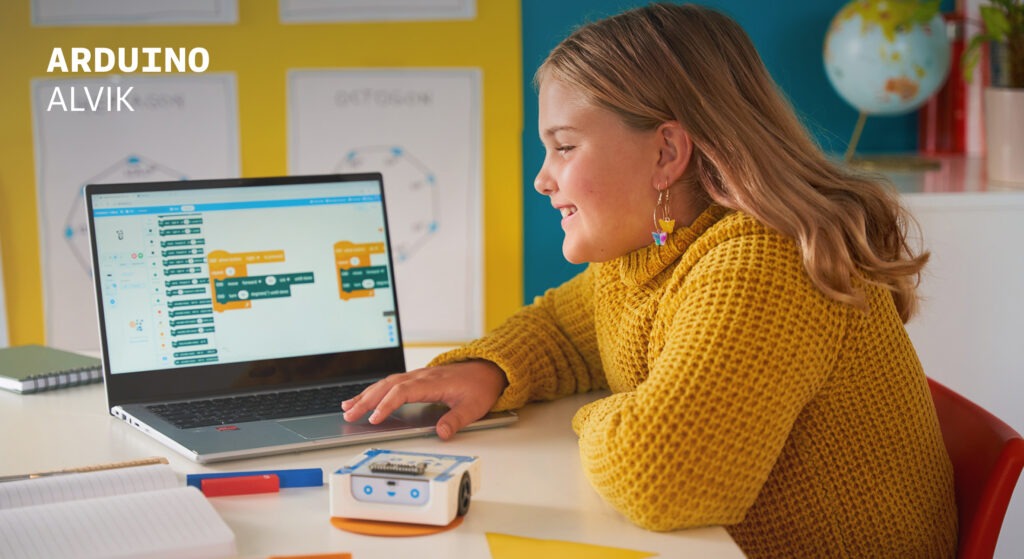
At Arduino, we believe coding should be accessible to everyone – including the youngest learners. With this in mind, we’re thrilled to announce that the Arduino Alvik robot now officially supports block-based coding!
Coding has never been easier thanks to Alvik’s seamless integration with mBlock, one of the most widely used platforms for educational hardware, available in both desktop and web-based versions compatible with Chromebook, MacBook, and Windows PC. With mBlock’s intuitive block-based coding and Alvik as a tangible, interactive robot companion, elementary students and teachers can explore robotics, mathematics, astronomy, and other engaging projects.
With the release of the public beta version of the integration in mBlock, Alvik’s new features and improvements will be implemented over time based on feedback from educators.
Beyond coding: bringing all areas of learning to life
Alvik provides a unique, hands-on learning experience. This makes it the ideal tool for elementary-aged students who benefit from interacting with something they can see, touch, and control. They can get immediate feedback on their commands and see the robot’s reactions and movements in real time.
But Alvik is more than just a gateway to coding; it’s a multidisciplinary tool that can enrich learning across all subjects. This classroom companion truly reflects the spirit of STEAM education, enabling teachers to bring learning to life in creative and often unexpected ways.
Teaching abstract concepts to elementary-aged students can be tough. However, young children grasp abstract concepts and problem-solving skills more effectively when “learning becomes more hands-on, tangible and interactive”. This is where physical tools like Alvik can make a significant difference.
Through Arduino’s engaging Block-Based Coding and Robotics lesson, children can program their Alvik to perform an array of exciting tasks. These step-by-step project-based activities cover a diverse range of subjects, allowing students to convert abstract concepts into concrete, relatable experiences. This immersive approach is a great way to nurture kids’ natural curiosity and deepen their understanding of challenging topics and ideas.
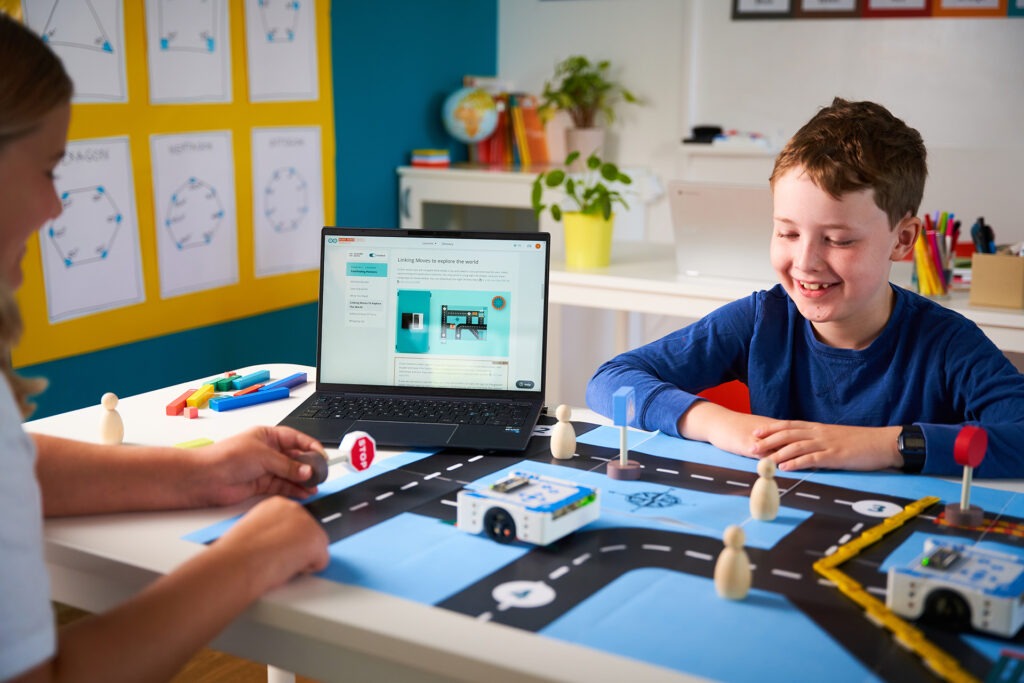
And it doesn’t stop there. With LEGO® Technic compatibility and M3 screw connectors, Alvik becomes a canvas for creativity. Students can customize and decorate their robot for special occasions like Halloween and Christmas, blending art design with engineering and making the learning process even more personal and engaging.
compatibility and M3 screw connectors, Alvik becomes a canvas for creativity. Students can customize and decorate their robot for special occasions like Halloween and Christmas, blending art design with engineering and making the learning process even more personal and engaging.
With Alvik, kids aren’t just learning to code – they’re learning to think creatively and critically, and explore a wide range of subjects in a way of solving real-life tasks.
Why choose Alvik with block-based coding for primary school?
1. Enhances engagement with a child-friendly interface – Based on the popular Scratch platform created by MIT, mBlock is crafted specifically for elementary-aged students. With its game-like elements, vibrant colors, and instant visual feedback, block-based coding lowers the entry barrier and makes programming fun and engaging for learners of all ages.
2. Builds confidence at an early age – Block-based coding helps eliminate common frustrations like syntax errors, which can hinder young learners in text-based programming. Instead, students experience early success as they watch the Alvik robot follow their commands – boosting their confidence and love for creating more.
3. Makes interdisciplinary learning easy – Following the lessons available in Arduino’s dedicated online platform, elementary-aged teachers could enhance the students’ knowledge of various subject matters through playing and hands-on creative projects.
4. Simplifies abstract concepts – Abstract coding concepts such as loops, conditionals, and variables can be difficult for young students to grasp. Block-based coding provides a visual and interactive way to understand these concepts. Blocks represent specific functions and operations, making abstract ideas more concrete.
5. Supports the transition to text-based coding – Block-based coding with Alvik isn’t just a fun starting point – it’s a bridge to more advanced learning. As students advance, they can easily transition from blocks to text-based coding languages like MicroPython with a simple click of a button. This seamless shift lets students build on their skills and dive deeper into the world of programming at their own pace. And you won’t have to worry about purchasing separate hardware either, as students can program their Alvik robot by following the lessons in Arduino’s Explore Robotics in MicroPython course.
6. Supports Chromebook – The mBlock web platform works across Chromebooks, Windows PCs, and MacBooks, so students and teachers can jump into their projects on any device, anytime.
A wealth of support at your fingertips
We know that stepping into the world of coding can feel like a challenge, especially for elementary teachers without a computer science background. That’s why Alvik comes with free access to dedicated learning resources with project-based lesson plans, step-by-step tutorials, and engaging activities. These are currently available in English, Italian and Spanish, with more lessons coming soon. Utilizing both Alvik and mBlock means teachers can lead their students into the world of coding and robotics (and beyond!) with confidence.
Ready to get started?
With Arduino’s strong reputation for innovation and mBlock’s child-friendly platform, we’re combining our strengths to make learning robotics and coding more engaging and enjoyable than ever before.
Are you ready to inspire the next generation of innovators? Bring the joy of coding into your classroom with Alvik!
Visit our online store to buy your Arduino Alvik robot today.
You can also visit our list of education partners to contact a local distributor for more information or to make a purchase.
The post Easy and fun block-based coding with the Alvik robot is here, now Chromebook compatible! appeared first on Arduino Blog.
